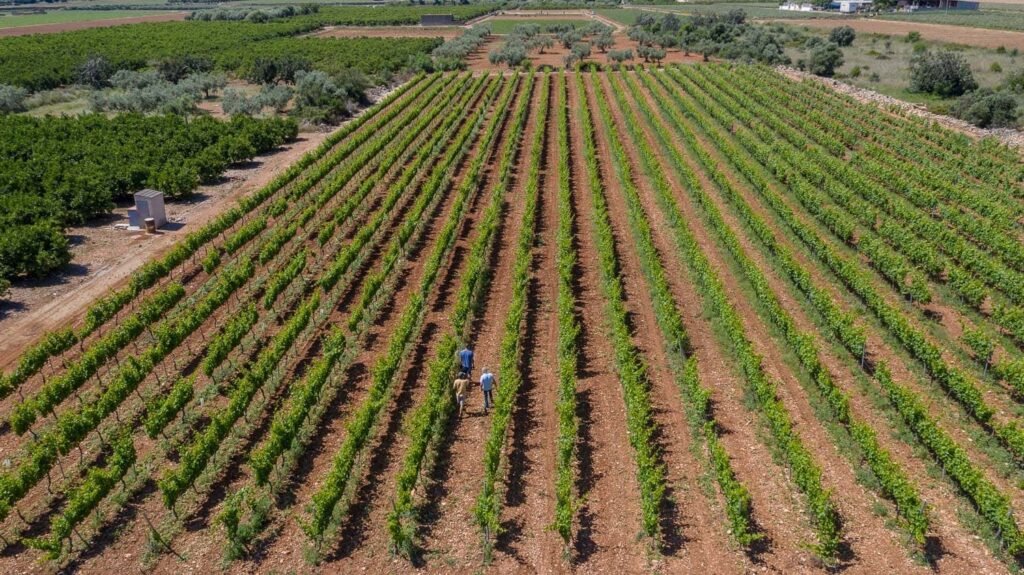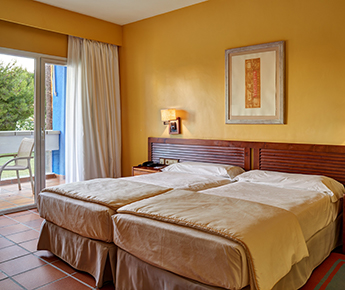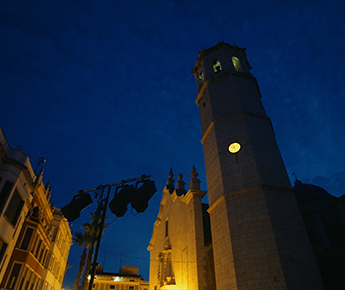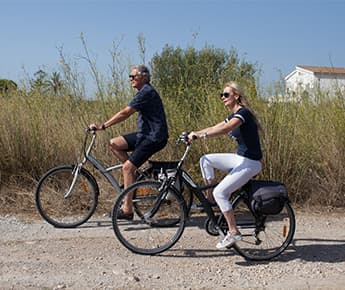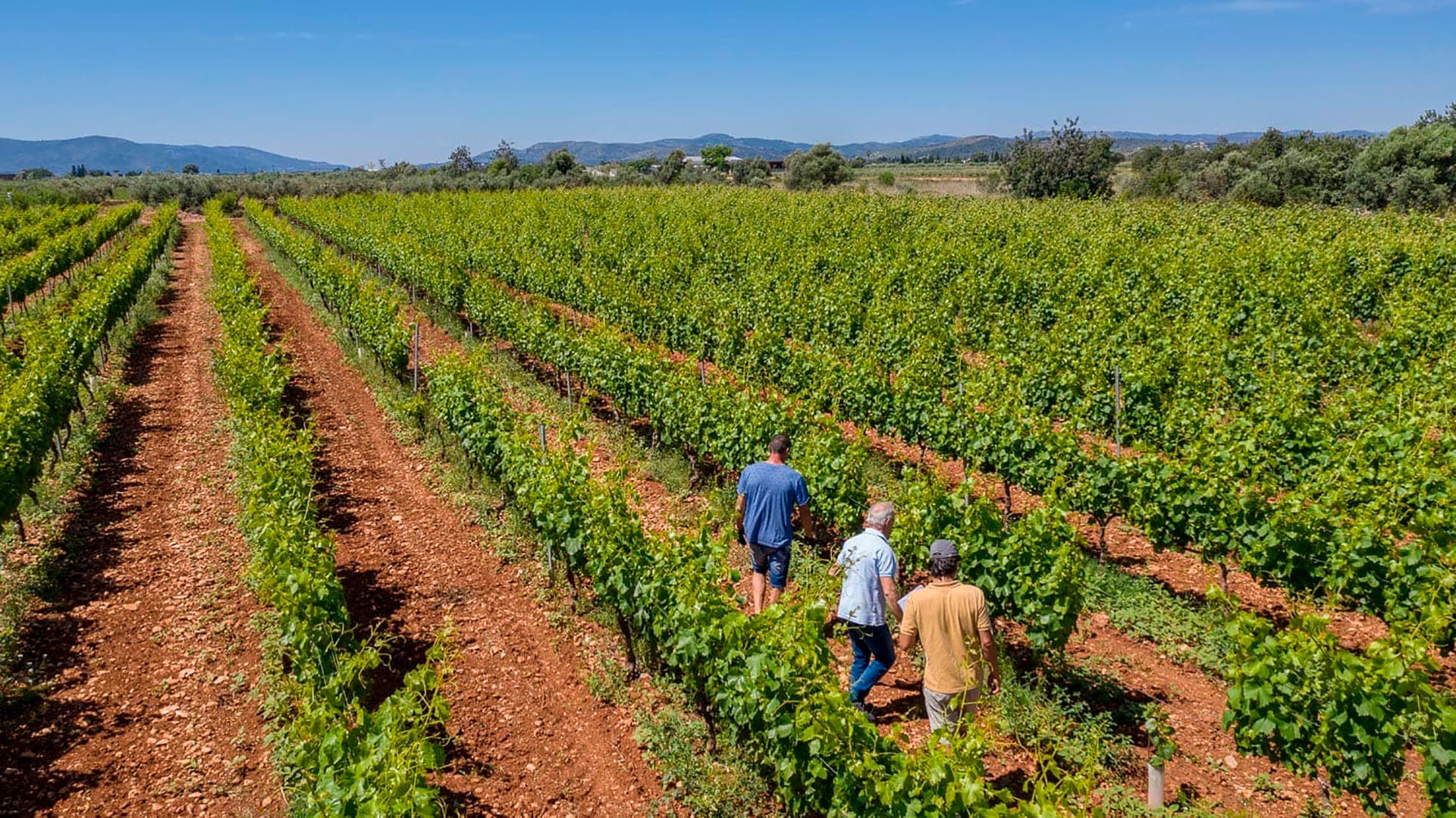
Carlón Wine
The rebirth (Renaixença) of Carlón

One hundred years after the disappearance of Carlón wine, a group of entrepreneurs came together to return it to its rightful position in the Maestrazgo wine-making culture. The Benicarló-based vintner gathers grapes from its vineyards in Benicarló, Vinaròs, Peñíscola and Càlig, and produces wine in the most environmentally-friendly manner, aiming to mimic the conditions under which it had been produced in its glory days. An idea that went beyond the recovery of the Carlón wine brand as an icon on the town’s cultural heritage, and also aimed to convert it into an economic reference point in the region.
The Carlón wine revival project was undertaken in 2012 at the request of the mayor at the time, Marcelino Domingo, and a historian, Joan C. Martí. To ensure the success and prevalence over time, the decision was made to recruit local farmers who wished to become involved in a process that already appeared long-winded and complicated. Nowadays, there are 7 local manufacturers operating under the same brand name and producing around 15,000 bottles of Carlón wine per year.
What makes our Carlón wine so special?
The Mediterranean climate and its geological features mean that the Maestrazgo region is an ideal place for grape growing, with Benicarló and its flatlands, presently, the sole place in the Community of Valencia where this can be found along the coastline.
We now know that in the entire area running from the Irta mountain range to the south, the Montsià to the north and the high plains of inner Maestrazgo interior, at a certain depth in the soil there is a level of nodules with a clayey-sandy matrix that indicates conditions for season flooding. Its appearance is unmistakable and is locally referred to as cats’ brains.
This rock creates a crust that means the grapevines growing thereon have reduced access to water, the land is poorer and the roots do not take as deep as in the soil (as is the case with all the finest wines in the world, such as Burgundy or Claret) which improves the alcohol content and its taste.
Furthermore, Carlón wine has more tartaric acid content, a molecule that assists in the revelation of the grapes’ own flavour and endows it with a freshness when drunk.
This is why Carlón wines were exported in such quantities: the coupages were improved in other regions. For example, in the 19th century, the Clarets became weaker in terms of alcohol content, and this led to a reduction in demand in the Burgundy vintners as a result. Thus, when it was exported to England, between 1870 and 1930 the wines underwent the so-called “travail a l’anglaise” (English-style work) process: according to the recipe, to a barrel of Burgundy wine, a bottle of firewater, two litres of unfermented white must and thirty litres of Benicarló wine were added. Nothing at all, then!
Carlón wines are mainly produced with grenache variety grapes, specifically black grenache, along with others such macabeo, carignan, syrah or monastrell. These are just some of the varieties with which it is believed wine was made in ancient times.

